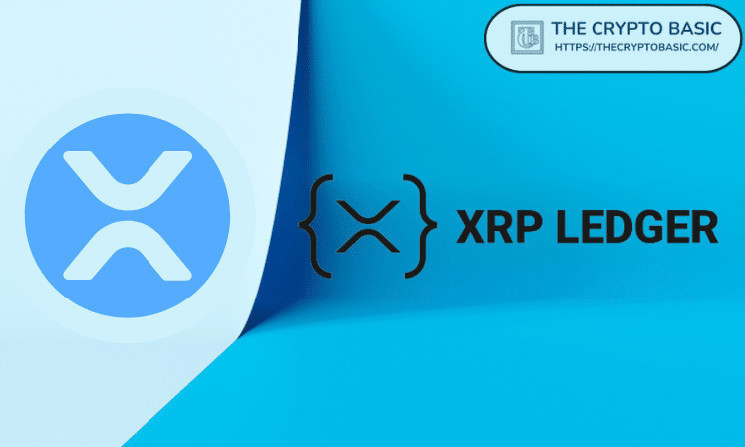
Anodos, an XRPL-based Web3 protocol, is looking to introduce institutional DeFi to the growing XRP Ledger ecosystem.
Introduced in 2012, the XRP Ledger has not advanced in infrastructure as much as its major competitors, such as Ethereum and Stellar, despite these chains launching years later. For instance, the Stellar network welcomed smart contracts capabilities in February. Meanwhile, the XRPL is yet to implement Hooks on the mainnet.
Anodos’ Paridim to Introduce Institutional DeFi on the XRPL
Additionally, institutional DeFi on the XRPL remains an untapped territory. Anodos, a Web3 utility resource built atop the XRP Ledger, is looking to explore this domain in the absence of pivotal developments from leading development teams like Ripple.
In a note procured by The Crypto Basic, Anodos details its intention to introduce institutional DeFi to the XRPL ecosystem through the launch of Paridim, its liquidity and digital asset management platform tailored specifically for institutional clients.
Details on the forthcoming project remain scant as of press time, but information suggests the platform would grant institutions the opportunity to leverage the attractive features of the XRPL’s growing DeFi ecosystem, including the recently introduced AMM functionality. Notably, the XRPL now boasts 504 active pools, with 4.5 million XRP locked.
A Focus on Regulatory Compliance
This figure could record a significant boost with the introduction of institutional market participants. According to Anodos, Paridim looks to foster a regulatory compliant environment for institutional adoption, addressing the growing concerns surrounding legislation on global DeFi activities, especially in the United States.
While the broader DeFi ecosystem has steered clear of regulatory drama due to its decentralization nature, the U.S. Securities and Exchange Commission (SEC) recently issued a Wells Notice to the largest decentralized exchange (DEX) Uniswap, declaring intention to pursue legal actions against the firm for allegedly trading unregistered securities.
In addition, the SEC, in a 247-page presentation, proposed a rule to demand registration from DeFi entities facilitating the transaction of assets with a worth greater than $50 million on AMMs. Developments such as this have triggered concerns among potential institutional investors.
The Growing XRPL DeFi Ecosystem
Anodos’ decision to launch Paridim comes as the XRPL ecosystem is now on the verge of an impressive expansion, with its DeFi capabilities boosted by recent developments spearheaded by the developer community. Notably, the community recently welcomed XLS-30D, which introduced AMM functionality on the ledger.
In addition, Ripple, the largest XRP holder, seeks to launch multiple projects to further boost the XRPL DeFi ecosystem. These projects include an EVM sidechain in partnership with Peersyst, a native lending protocol, and a native USD-backed stablecoin. Amid these upcoming developments, the DeFi scene could see a significant boost.
Anodos is looking to tap on this expansion, positioning itself as a first mover in the institutional aspect, a move many expected Ripple to make. Notably, as part of its broader plan, Anodos recently became a dUNL validator on the XRPL. Meanwhile, Panos Mekras, co-founder of Anodos, has continued to educate the XRP community on the XRPL’s growing DeFi ecosystem.
